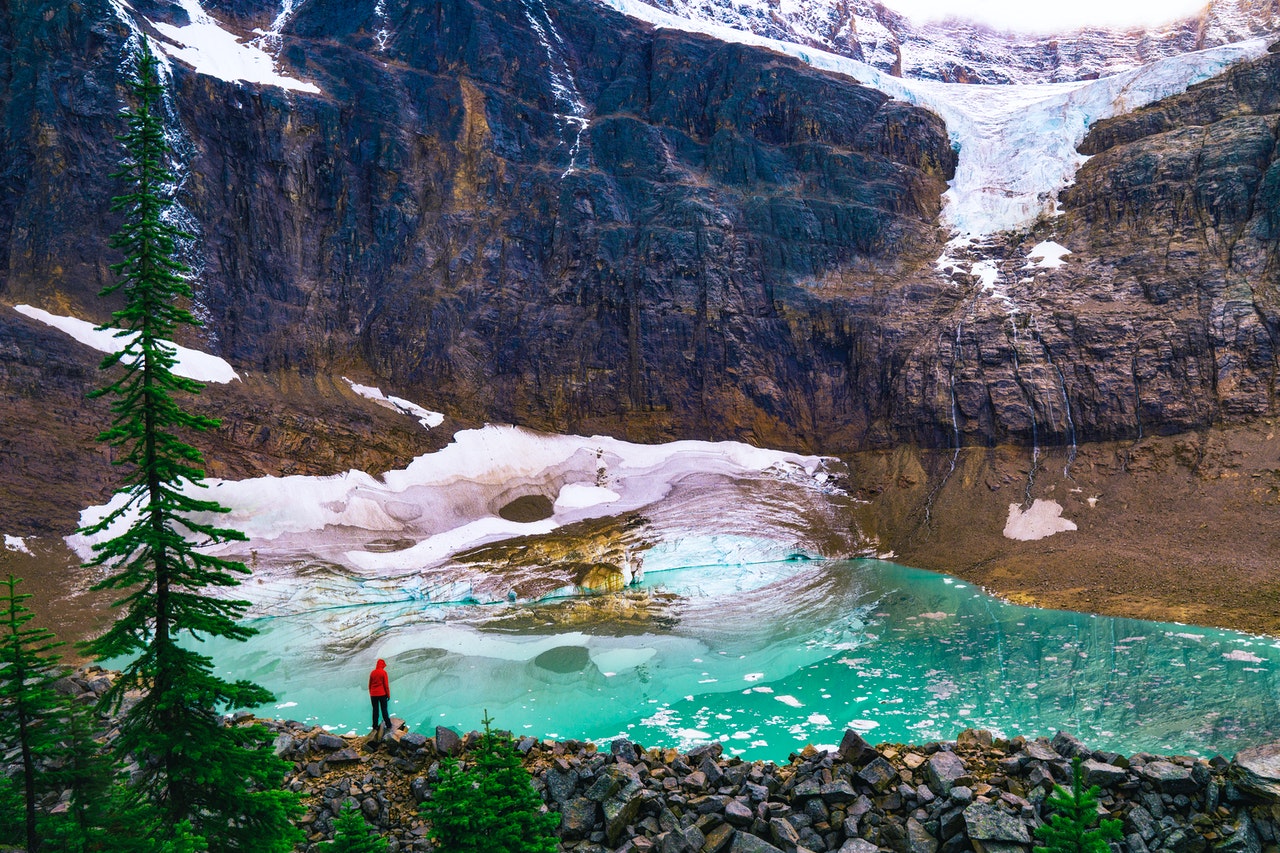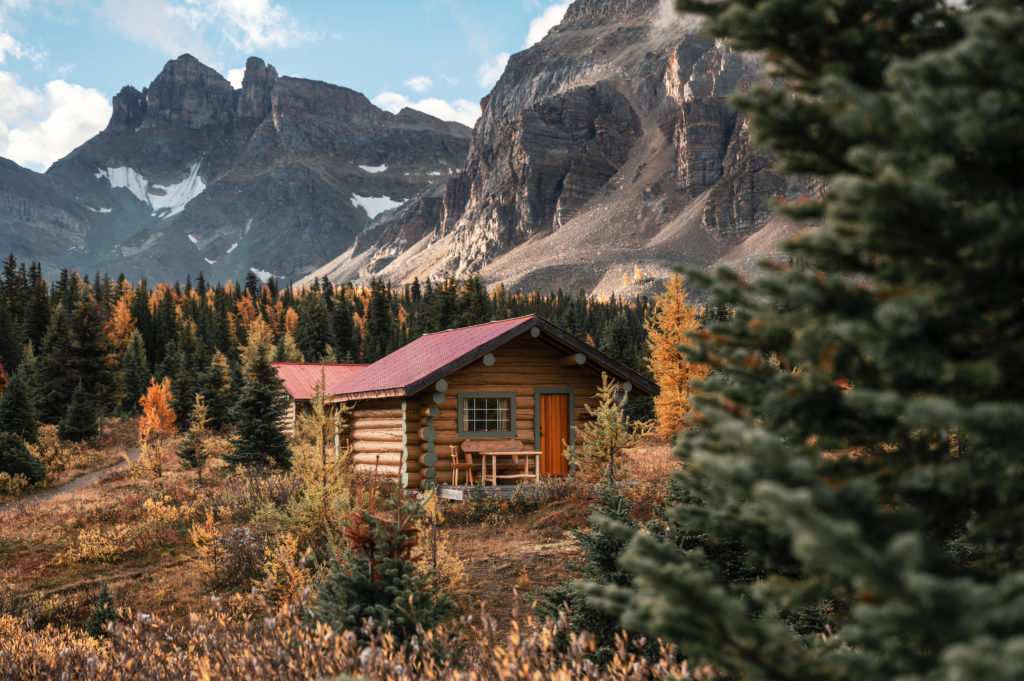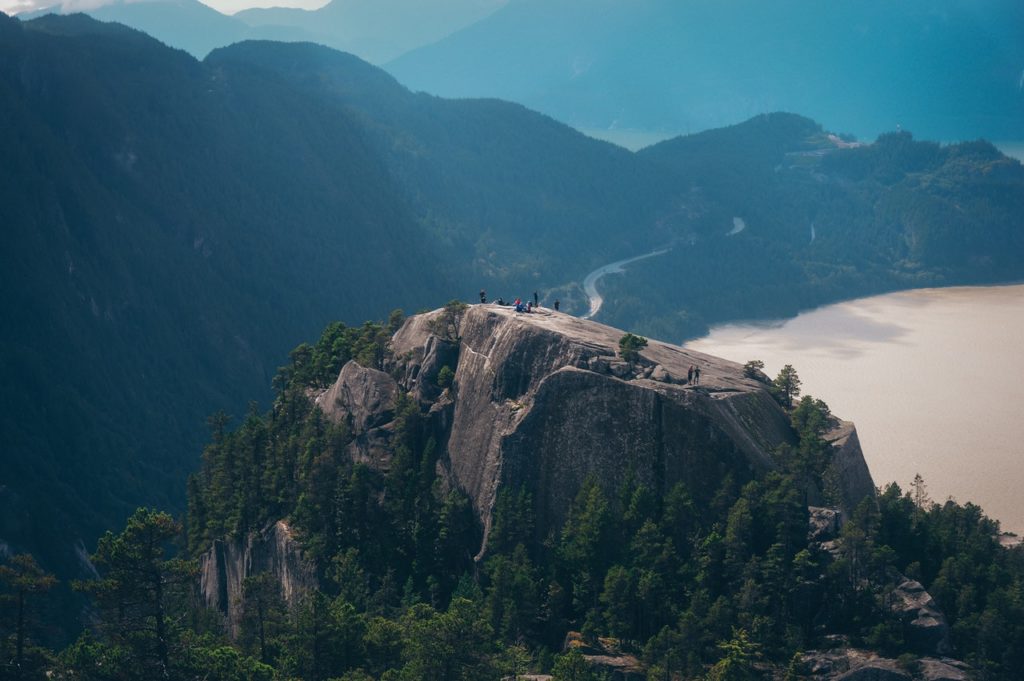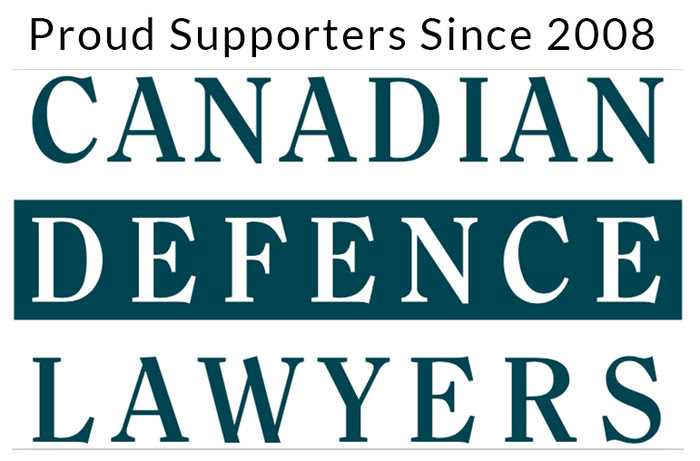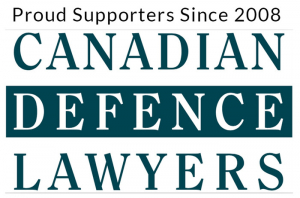Canada—and Western Canada, in particular—has an abundance of national and provincial parks, and other protected areas. Typically, these areas exist to manage and preserve unique and noteworthy natural environments. The opportunity to experience the natural splendor of these settings draws the public, as well as outdoor/adventure businesses looking to serve them.
Almost all businesses are subject to various licensing and regulatory requirements. But if you want to operate a business within a provincial or national park or other protected area—as many outdoor/adventure companies do—you’ll face additional regulatory burdens.
In British Columbia, for example, outdoor/adventure businesses need permits to operate in lands and provincial parks designated by the Park Act, the Environment and Land Use Act and the Protected Areas of British Columbia Act. This is on top of any other applicable licences, tenures or permits that a business may require.
Outdoor recreational activities require a permit whenever a commercial operation provides services to the public for compensation. This could be anything from guided hiking, climbing and camping, cross-country skiing, scuba diving instruction, guided kayak/canoe touring, boat tours, caving exploration, heli-skiing, big game guiding—the list goes on. In addition to permits, commercial operators in parks, protected areas, conservancies and recreation areas in B.C. are also required to carry a minimum of $2 million in commercial general liability (CGL) insurance.
But it’s not just businesses in B.C. that are subject to additional requirements. No matter the province you’re in, you’ll face a greater regulatory burden if you do business in a national or provincial park or other protected area. This has been brought to the forefront in two recent developments in Alberta-based national parks.
One of these examples is Sunshine Village ski hill, a family-run business that has operated in Banff National Park since 1981. During the 1990s, widespread concern over excessive development in Banff led to Parks Canada negotiating agreements with all commercial operations in the mountain parks – except Sunshine – that put caps on new development and introduced guidelines on the type of development that was allowed.
On December 17, 2018, Parks Canada approved new site guidelines for Sunshine Village and gave Sunshine a mere 35 days to decide whether they wanted to enter into a new lease (which was subject to these guidelines) or risk having the ski resort’s operation be put out to public tender. The new lease terms offered Sunshine an increase in the number of permitted daily skiers, authorization for new lifts and up to 80 hectares of new ski terrain. But the new lease also removed a different 61 skiable hectares and rejected wholesale and without explanation Sunshine’s proposal to increase the number of parking spaces at the resort to address a chronic shortage.
Faced with the risk of losing their family business, and having no other choice, the owners of Sunshine signed the new guidelines.
In another case, Parks Canada took legal action against Lake Louise Ski Resort for cutting down a stand of trees that included 38 endangered whitebark pines along a ski run. In court, Lake Louise pleaded guilty to the offence. The judge noted that the ski hill’s employees “were reckless given their knowledge of the constraints of operating a commercial ski hill in a national park” and fined Lake Louise $2.1 million – much more than they had been expecting. This was despite remedial steps that Lake Louise had taken following the incident, including implementing better staff education and marking the other 7,000 whitebark pines within the resort boundaries.
According to the prosecutor, the significant fine was designed to send a message: “In a national park, it’s even more aggravating, so you need a significant deterrent to make sure that people who are working in parks and people who are visiting parks are protecting our species.”
Key takeaways for outdoor/adventure businesses
Given their natural beauty, parks or other protected areas are often a prime location for outdoor/adventure businesses. But with great natural beauty comes great responsibility with respect to permitting and regulatory requirements. Ryan Morasiewicz [hyperlink to firm bio] can help you navigate this often confusing environment and effectively represent your interests to government regulators. We would be happy to speak with you about your current situation or your plans for the future.
Note: This article is of a general nature only and is not exhaustive of all possible legal rights or remedies. In addition, laws may change over time and should be interpreted only in the context of particular circumstances such that these materials are not intended to be relied upon or taken as legal advice or opinion. Readers should consult a legal professional for specific advice in any particular situation.

